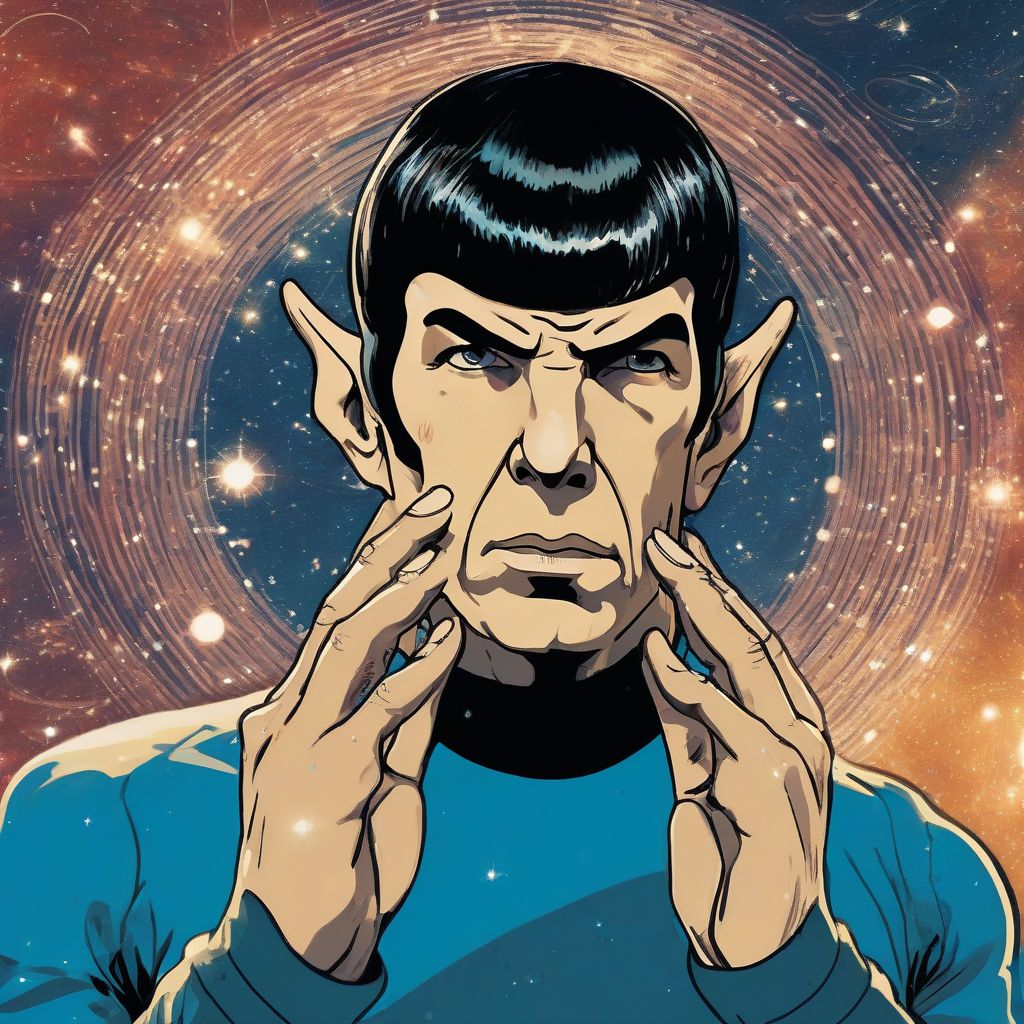Have you ever finished a science fiction novel, feeling strangely disconnected from the protagonist you started with? Like they journeyed lightyears without ever truly changing? That, my friend, is the mark of poor character development. But fear not, intrepid reader! This article will equip you with the tools to analyze character arcs like a seasoned literary critic. We’ll delve into the nuances of crafting believable transformations amidst interstellar empires and mind-bending technologies.
What Makes Character Development in Science Fiction Unique?
Before we dissect the “how,” let’s ponder the “why.” Science fiction offers a unique playground for character development, presenting challenges and opportunities not found in other genres.
The Impact of Extrapolated Worlds
Science fiction often throws characters into extreme, unfamiliar environments—be it a dystopian Earth or a newly colonized planet. These settings can serve as crucibles, forcing characters to confront their values, beliefs, and limitations in profound ways.
For example, in Ursula K. Le Guin’s “The Left Hand of Darkness,” Genly Ai, a human diplomat, is sent to the planet Gethen, a world inhabited by androgynous beings. Throughout the novel, Ai’s preconceived notions about gender and identity are challenged, leading to a profound personal transformation.
The Allure of the “Other”
Science fiction often grapples with the “other”—aliens, artificial intelligence, or even humans with extraordinary abilities. This exploration of difference can illuminate aspects of human nature through a distorted mirror, revealing the universality of our struggles and triumphs.
Think about the empathetic Commander Spock in “Star Trek.” His constant struggle to reconcile his human and Vulcan halves allows us to explore the complexities of emotions and logic.
 Spock Mind Meld
Spock Mind Meld
[amazon bestseller=”Spock Star Trek”]
Key Elements of Compelling Character Development
Now, let’s equip you with the analytical lenses to evaluate character development:
1. Internal Consistency is King (and Queen)
Regardless of how fantastical the setting, a character’s actions, thoughts, and emotions should remain consistent with their established personality and motivations. This doesn’t mean characters can’t change—it means their growth needs to feel earned and believable.
For example, a timid scientist who suddenly becomes a fearless warrior without any logical explanation might leave readers scratching their heads. However, if that same scientist gradually overcomes their fear through a series of challenges and setbacks, their transformation becomes much more satisfying.
2. Show, Don’t Tell (With Dialogue as Your Paintbrush)
Instead of stating a character’s growth outright, allow it to unfold organically through their actions, dialogue, and interactions with others. Dialogue, in particular, can be a powerful tool for revealing a character’s internal struggles, doubts, and triumphs.
For example, instead of saying “Sarah became more confident after joining the space fleet,” show her confidently commanding her crew during a dangerous mission. Let her express her newfound determination through sharp, decisive dialogue.
3. The Power of Relationships
Science fiction, like any good story, thrives on relationships. How characters interact with each other can be a catalyst for immense growth. Observe how protagonists respond to conflict, forge alliances, and navigate the complexities of love and loss.
Consider the relationship between Katniss Everdeen and Peeta Mellark in “The Hunger Games.” Their bond, forged in the crucible of the games, pushes both characters to confront their fears and ultimately leads them to challenge the very system that oppresses them.
4. Facing the Music: Conflict and Change
Just like in our own lives, conflict is often the driving force behind significant personal growth in science fiction. How characters react to challenges—whether it’s battling an alien invasion, facing a moral dilemma, or simply grappling with the complexities of their own identity—can reveal their true nature and shape their development.
For instance, in “Ender’s Game,” Ender Wiggin is pushed to his physical and emotional limits in the Battle School. This relentless pressure forces him to confront his own capacity for both empathy and ruthlessness, ultimately leading him to a place of moral reckoning.
Asking the Right Questions
To truly assess character development, engage with the text actively by asking yourself:
- How has the character changed from the beginning to the end of the story?
- What specific events or interactions triggered these changes?
- Do these changes feel earned and believable, given the character’s personality and motivations?
- How has the character’s growth impacted the story and other characters?
- Did the author effectively use dialogue, actions, and relationships to showcase the character’s development?
 Book Discussion Group
Book Discussion Group
Conclusion: Embracing the Journey
Evaluating character development in science fiction isn’t about ticking off boxes on a checklist. It’s about immersing yourself in the narrative and engaging with the characters on a deeper level.
By looking for internal consistency, analyzing dialogue, understanding relationships, and examining how characters respond to conflict, you can gain a richer appreciation for the craft of storytelling. Remember, the most compelling characters, even in the most fantastical settings, ultimately reflect the complexities and contradictions of our own humanity. So, next time you embark on a science fiction adventure, keep these tools handy and enjoy the journey of discovery—both for the characters and yourself.
What are some of your favorite examples of strong character development in science fiction? Share your thoughts in the comments below!
